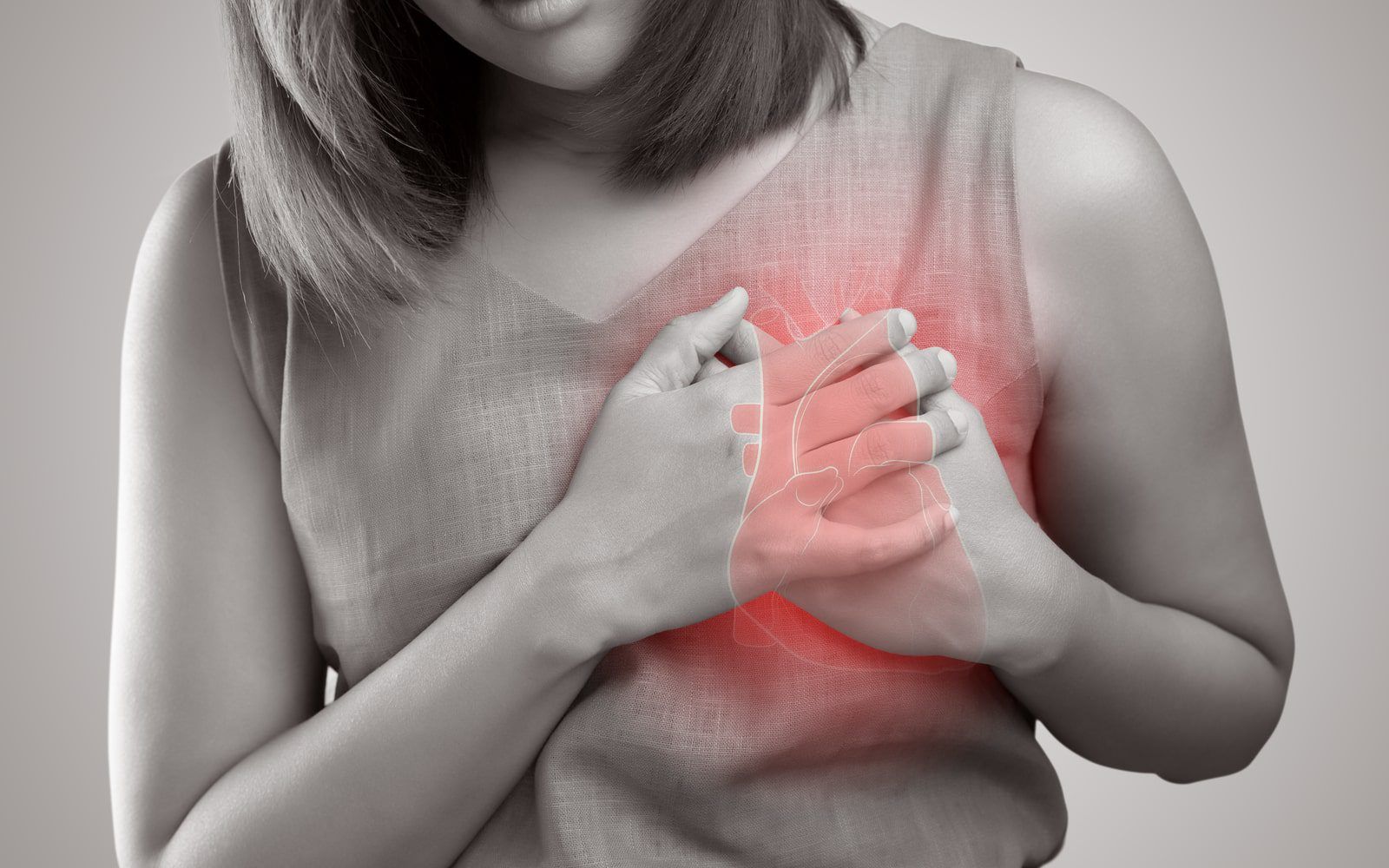When conversations arise concerning heart disease, it’s common for male health to be the focus. This has led to the misconception that men are the primary sufferers of this condition. The truth is it’s the primary cause of death for all people in the United States. Coronary Artery Disease (CAD) is the most frequent form of heart disease diagnosed. This condition, also known as coronary heart disease, is a terrible threat to women’s health. Find out more about the risks and what you can do within.
Heart Disease And Women’s Health
Without treatment and necessary lifestyle changes, it can lead to a heart attack, heart failure, and other serious problems. One reason that men are perceived as the primary sufferers is that it hits them younger. Throughout our pre-menopausal life, we’re protected from CAD thanks to the presence of estrogen in our systems. When menopause sets in, the level of estrogen in our bodies drops, reducing the presence of HDL cholesterol in our systems.
This absence makes it more likely that our arteries will begin to harden, increasing our risk of CAD. This is only elevated by the fact that our blood and heart vessels tend to be narrower and smaller than men’s are. As an added “bonus,” our heart walls are narrower than theirs as well. This late-onset of CAD also makes it more likely to take longer to reach a correct diagnosis. Other health complications will tend to be looked for before this one.
This makes it even more important that women know how to identify symptoms of CAD. Our symptoms tend to differ somewhat, with common examples being:
- Discomfort or pain in the Chest – Commonly referred to as Angina, this appears more often while we’re at rest. It can be triggered by stress as well. Men who are living with CAD tend to experience this symptom more often while active.
- Crushing Pressure – At the onset of a heart attack, women tend to experience the event as tightness, pressure, squeezing, or crushing feeling in the chest. In some cases, it will flare up into the throat, chest, or neck.
Understanding our symptoms when CAD flares up can make it easier for us to catch it when it might otherwise be overlooked. If you identify these signs, be sure to get care immediately.
The best way to avoid these symptoms is by avoiding developing CAD in the first place. While not all of the following risks are avoidable, it pays to be aware of your potential risk.
Things that increase the risk of CAD in women include:
- Gestational blood disorder anemia
- Early menopause
- Endometriosis
- Gestational diabetes and preeclampsia
- Anemia
- Sedentary lifestyle
- Autoimmune disease
- Inflammatory diseases
- Excess weight
- Metabolic syndrome
If you live with or have experienced any of these risks in your life, contact your women’s health specialist.
Take Charge of Heart Disease With Women’s Health Care
Contacting your women’s health care provider is an excellent first step to preventing heart disease. They’ll help you assess your lifestyle and overall risks and determine what steps you can take to protect yourself.


